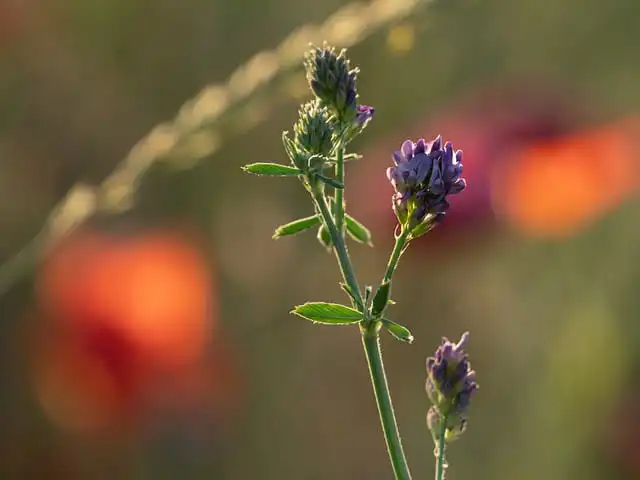At the ASTA Turf and Forage Convention, experts revealed the rising demand for cover crops and the challenges of meeting it.
With U.S. cover crop seed imports doubling in recent years, industry leaders are calling for increased domestic production, regional adaptation, and policy support to ensure a sustainable future for this growing conservation practice.
Etienne Sutton, representing the National Cover Crop Variety Improvement and Seed Production Program at the University of Missouri, noted that cover crop use is trending upwards due to significant investments in the practice. However, Sutton emphasized that a major challenge remains in finding the right species for farmers’ systems and goals, stressing the need for “more regionally adapted and context-specific cover crop species and varieties.”
One of the key challenges discussed is the insufficient production of U.S.-grown cover crop seed to meet the national goal of 40 million acres by 2030.
“U.S. seed imports of cover crops have doubled between 2019 to 2023, reaching a value of $68 million in 2023,” Sutton said. This rising trend presents “a major opportunity to instead produce and sell cover crop seed domestically, which would help diversify the agricultural landscape, provide more market opportunities for farmers, and contribute to a more robust seed industry.”
Sutton used a baseline evaluation of the cover crop seed industry, led by social scientists at the University of Vermont and the University of Missouri. She explained that the evaluation consisted of interviews with seven industry representatives and an online survey distributed to ASTA member companies.
“We received 45 responses to that online survey, which is about a 30% response rate, given that there are roughly 153 organizations within ASTA membership involved in the cover crop industry,” Myers shared.
Among the survey’s key findings, they highlighted that most companies reported cover crop seed sales accounted for less than 10% of their total business sales. In terms of regional sales, the Midwest represented 50% of cover crop seed sales, followed by the West, then the South, and then with the Northeast and international sales representing a much smaller proportion.
Survey respondents also provided insights into the traits valued most by farmers. For row crop producers, “seed cost, ease of spring control, and nitrogen addition” ranked as the top three traits. For livestock producers, the top traits were “forage yield, cost, and forage quality.”
Sutton pointed out that while cost remains a significant factor, the demand for improved traits such as “regional adaptation, winter hardiness, and establishment vigor” is growing. She highlighted contrasting views from respondents about the value of named varieties versus variety-not-stated (VNS) seed. One respondent remarked that “cover crops are a commodity, all about price. No one cares about someone’s variety of rye, clover, or radish.” However, others argued for the need for improved varieties, with one interviewee stating, “If you could breed a radish to make it through the winter time, you’ve got something right. If you could breed crimson clover to get out of the ground quicker and be more winter tolerant across the Midwest, we’d sell a lot more crimson clover.”
Looking to the future, survey respondents expect a 35% increase in cover crop seed sales and a 33% increase in seed production over the next five years. Despite this optimism, challenges such as forecasting demand and handling seed storage capacity persist. Only “29% [of respondents] were able to handle volume increases over 25%.”
Sutton closed by discussing policy concerns, citing a need for “standardized seed quality and contamination regulations” and expansion of federally supported crop insurance programs for cover crop seed producers.
Despite these challenges, Sutton and Myers expressed optimism for the future of the cover crop seed industry, emphasizing the strong interest in further research on the agronomic and profitability impacts of cover crops.
“We’re really excited to be involved in this project,” Sutton concluded. “We enjoy working with members across the cover crop seed industry to not only bolster the industry but also increase cover crop adoption overall.”













